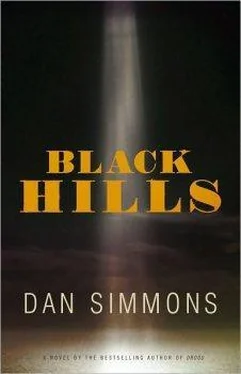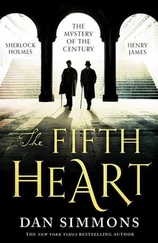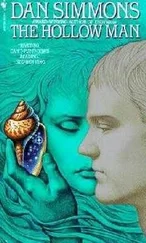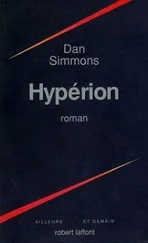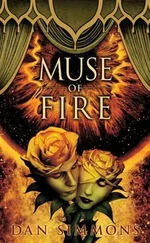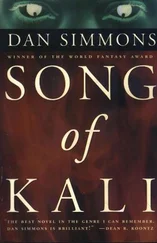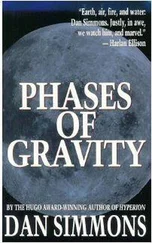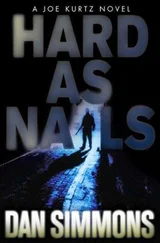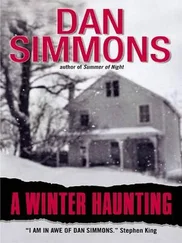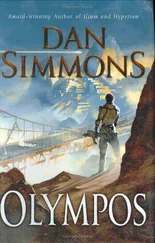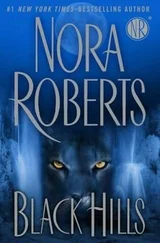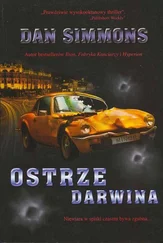— We should read this and talk in the car, Mr. Robinson.
— Quite right, Billy. Quite right. I don’t believe I can feel the tips of my ears or nose!
Back in the Nash, Paha Sapa tries to turn up the car’s primitive heater, but it’s already putting out what little heat from the engine it deigns to share. He unfurls the now-crumpled letter over the top of the broad steering wheel and reads:
December 28, 1923
Mr. Lorado Taft 6016 Ellis Avenue Chicago, Illinois
My Dear Mr. Taft:
South Dakota has developed a wonderful state park in the Black Hills. I enclose a brochure illustrating some features of it. On the front cover you will observe some pinnacles—we call them needles—situated high upon the flank of Harney Peak. The tops of those shown are more than 6300 feet above sea level. These needles are of granite.
Having in mind your “Big Injun,” it has occurred to me that some of these pinnacles would lend themselves to massive sculpture, and I write to ask if in your judgment human figures might be carved from some of them as they stand. I am thinking of some notable Sioux such as Red Cloud, who lived and died in the shadow of those peaks. If one was found practicable, perhaps others would ultimately follow.
Pinnacles could be found immediately above the highway shown, that stand fully one hundred feet in the clear, above pedestals hundreds of feet in height, as seen from the other points of vantage.
This granite is of rather coarse texture, but it is durable. There are also in the vicinity great blank walls upon which groups in relief could be executed advantageously.
The needles shown are only suggestive of the field, many others are trimmer—only a few feet in diameter—and exceedingly showy.
I shall be pleased to hear from you, and if it appears practicable we can, perhaps, induce you to come and look us over.
Faithfully, Doane Robinson

PAHA SAPA DRIVES THEM BACK toward Rapid City as fast as the Nash’s skinny tires will carry them on the frozen roads. He doesn’t ask Mr. Robinson if Lorado Taft, the sculptor, has responded to the letter yet, since there has hardly been time for that. He drives in silence except for the banging four-cylinder engine and the loud but heatless burr of the heater fan.
— What do you think, Billy?
Paha Sapa likes Doane Robinson; he likes the man’s gentleness and learning and sincere interest, however poorly focused, in the history of Paha Sapa’s people. And he loves Doane Robinson’s library and the new look at the universe it has given him. But at that moment, he also thinks that if Robinson had shown him the letter to the sculptor before he mailed it, Paha Sapa would have used the simple bone-handled jackknife with the five-inch blade now in his pocket to cut the writer-historian’s throat, leaving his body in the woods along the Needles Highway and his Nash in a ravine somewhere many miles away in the Black Hills.
— Billy? What do you think of the idea? Do you think Red Cloud would be the choice for the first Sioux leader to be carved into one of the pinnacles? Did you know Red Cloud?
Makhpiya Luta , Red Cloud, was famous for his victory in the Battle of the Hundred Slain, but all that fighting had ended by the time Paha Sapa was two summers old. Paha Sapa knew old Red Cloud primarily as an agency Indian, someone who had surrendered the plains and lands of the last Natural Free Human Beings, and Paha Sapa was near the Red Cloud Agency at Camp Robinson in 1877 when a jealous nephew of Red Cloud’s betrayed Crazy Horse, bringing him back to the fort to be murdered. Red Cloud outlived all the real warrior chiefs—Sitting Bull, Crazy Horse—dying as an old, old man only fourteen years earlier in 1909.
— I didn’t really know Red Cloud.
— What about Crazy Horse, then, Billy? Do you think it would be appropriate if Mr. Taft sculpted a huge statue of T’ašunka Witko here in the Hills?
Paha Sapa grunts. Here on the east side of the ridgelines, the evening shadows are growing quickly and he has to drive extra carefully to keep the Nash from breaking an axle in one of the deep, frozen ruts. How can he tell this gentle man that Crazy Horse would have preferred to pull his own guts out through a hole in his belly—or to slaughter Doane Robinson’s entire extended family—rather than allow the wasichus who betrayed and killed him to carve a likeness of him into Paha Sapa granite? He takes a breath.
— You remember, Mr. Robinson, that Crazy Horse never allowed any of the frontier photographers to take a photograph of him.
— Ah, you’re right, of course, Billy. He was obviously afraid of the camera “capturing his soul,” as some of the Plains Indians feared. But I’m quite sure that a sculpture created by a great artist would not have offended T’ašunka Witko’s sensibilities in that way.
Paha Sapa knows beyond any doubt that Crazy Horse had no fear of a camera “capturing his soul.” The warrior simply would never give his enemy the satisfaction of capturing even an image of him.
— What about Sitting Bull, then, Billy? Do you think the Lakota would be honored if there was a monumental sculpture of Tatanka Iyotake here in the Hills?
The highway is especially churned up into ridges and gulleys here, a Badlands in miniature, and Paha Sapa stays silent as he bounces the Nash across the least threatening patch of frozen road and shoulder. He remembers the time, only nine years after the rubbing out of Long Hair at the Little Big Horn, when Sitting Bull traveled east with Bill Cody’s Wild West Show—this was eight years before Paha Sapa went to Chicago with the same troupe—and was so impressed by the numbers and power of the wasichus and by the size of their cities and the speed of their railroads. But Paha Sapa spoke to a missionary who had known Tatanka Iyotake upon his return to the agency, and Sitting Bull had said to the white holy man— The white people are wicked. I want you to teach my people to read and write, but they must not become white people in their ways of living and of thinking; it is too bad a life. I could not let them do it. I myself would rather die an Indian than live a white man.
Paha Sapa finds it difficult to breathe. There is a wild pounding on the inside of his rib cage and a pressure of pain in his skull that blurs his vision. Another man might think it was a heart attack or stroke happening to him, but Paha Sapa knows that it is the ghost of Long Hair gibbering and capering within him, pounding to get out. Does Long Hair hear these words through Paha Sapa’s ears, see the Needles columns through Paha Sapa’s eyes, and imagine the large sculptures of the Lakota men mentioned—Robinson has certainly not mentioned Custer for one of the sculptures—by seeing into Paha Sapa’s mind?
Paha Sapa does not know. He has asked himself similar questions many times, but although the ghost speaks to him nightly, he has no clear idea as to whether Long Hair sees and hears through him or shares his thoughts the way that Paha Sapa is cursed to suffer Long Hair’s.
— Did you know Sitting Bull, Billy?
Doane Robinson sounds concerned, perhaps embarrassed, as if he is worried that he has offended the Lakota man he knows as Billy Slow Horse.
— I knew him slightly, Mr. Robinson.
Paha Sapa makes his voice as friendly as he is able to.
— I saw Sitting Bull from time to time, but I was, of course, only a boy when he fought and then surrendered and then was killed by the Indian policemen who came to arrest him.
Читать дальше
